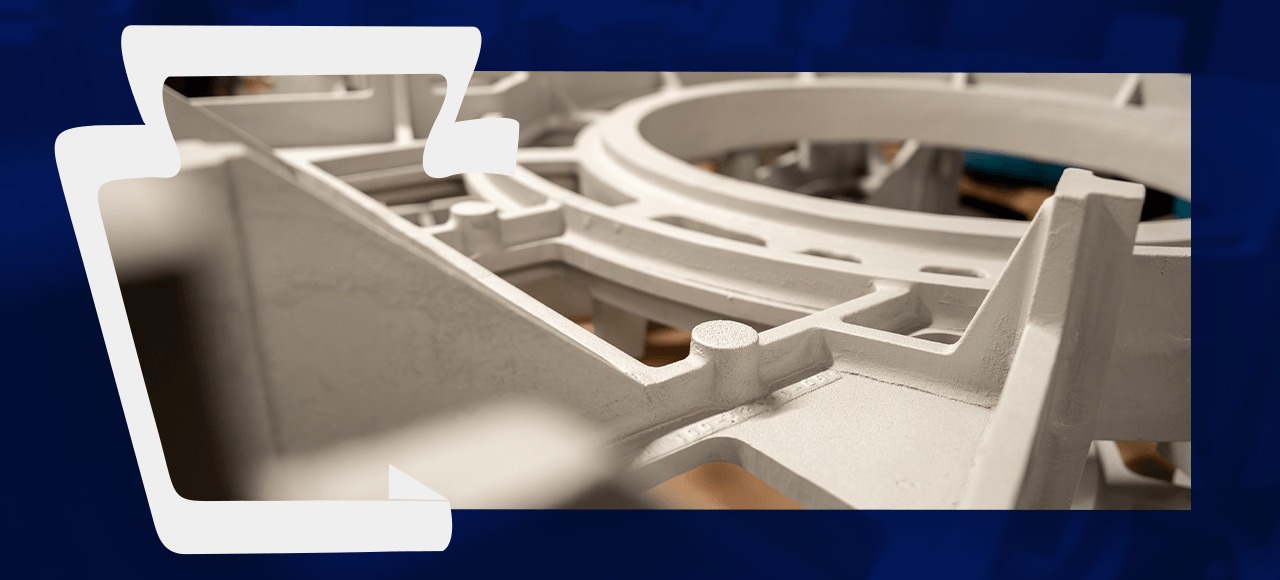Understanding Powder Coating Temperature, Thickness, and the Role of Inorganic and Organic Coatings
In the ever-changing coatings’ industry, it’s essential to have a clear understanding of how different coatings work, especially when it comes to powder coating temperature and thickness, as well as the distinctions between inorganic coatings and organic coatings. Each of these elements plays a crucial role in achieving optimal performance, durability, and surface protection across different applications.
Powder Coating: Finding the Right Balance Between Temperature and Thickness
Powder coating is a popular finishing process that involves applying a dry powder to a substrate, usually metal, which is then cured under heat. This method is widely used for its durability, resistance to corrosion, and smooth finish. However, achieving the right balance between powder coating temperature and thickness is critical for ensuring both performance and aesthetics. If the temperature is too low or the coating is too thick, it may not cure properly, leading to poor adhesion or an uneven finish. Conversely, too much heat or a thin coating can affect the durability of the finished product.
- Temperature: During the curing phase, powder coating is heated at a specific temperature to melt the powder into a uniform layer. Typically, curing temperatures range from 350 °F to 450 °F (175 °C to 230 °C). The selected temperature depends on the type of powder used (e.g., polyester, epoxy, polyurethane) and the substrate material. A temperature that is too high may cause the coating to overtake or degrade, leading to poor adhesion or discoloration. On the other hand, too low a temperature may result in incomplete curing, leading to weak performance characteristics.
- Thickness: The thickness of a powder coating is usually measured in mils (1 mil = 1/1000 of an inch). Standard coatings are applied at a thickness of 2–4 mils for most applications. However, more demanding environments may require thicker coatings for added protection. Applying too much powder can result in uneven surfaces, orange peel effects, or cracking, while too thin a layer may compromise the coating’s protective abilities.
A well-calibrated relationship between temperature and thickness ensures that the powder coating will provide the desired aesthetic and protective properties, making the surface resistant to wear, corrosion, and environmental damage.
Inorganic Coatings vs. Organic Coatings: Understanding the Differences
Another critical concept in the coating’s industry is the distinction between inorganic coatings and organic coatings. While both types are used to protect surfaces, their chemical makeup, application methods, and performance characteristics vary significantly.
Inorganic Coatings
Inorganic coatings are primarily composed of mineral or ceramic-based materials. They provide excellent protection against harsh environments, high temperatures, and corrosion. These coatings are widely used in industries where surfaces are exposed to extreme conditions, such as in marine, aerospace, and industrial applications.
- High-Temperature Resistance: Inorganic coatings, such as zinc coatings and ceramic coatings, can withstand higher temperatures compared to organic coatings, often exceeding 1000 °F (540 °C).
- Corrosion Protection: These coatings form a strong, chemically stable barrier that protects metal substrates from oxidation and environmental damage.
- Durability: Inorganic coatings are known for their long lifespan and minimal degradation over time, especially in harsh industrial environments.
However, inorganic coatings may lack flexibility, making them prone to cracking in environments with temperature fluctuations or physical impact.
Organic Coatings
Organic coatings are carbon-based and include materials like epoxies, polyurethanes, and acrylics. These coatings are known for their versatility, ease of application, and a wide range of available colors and finishes.
- Flexibility: Organic coatings are more flexible than inorganic coatings, making them better suited for applications where the coated material may bend or move.
- Variety of Applications: They are used in numerous industries, from automotive to architectural finishes, where aesthetics and environmental protection are key.
- Cost-Effective: Organic coatings are often more cost-effective than inorganic ones, especially for large-scale applications where high-temperature or corrosion resistance is not the primary concern.
Despite these advantages, organic coatings may degrade more quickly in extreme environments compared to their inorganic counterparts. Their chemical composition makes them less resistant to high temperatures and certain types of chemicals, limiting their use in some industrial applications.
Selecting the Right Coating for Your Application
The decision between inorganic coatings and organic coatings, as well as finding the optimal powder coating temperature and thickness, depends heavily on the environment in which the coated material will be used.
- For high-heat applications or environments prone to heavy corrosion, inorganic coatings like zinc or ceramic options are often the best choice.
- In more controlled environments where flexibility and appearance are key factors, organic coatings provide a customizable solution with plenty of variety in terms of texture, color, and finish.
- As for powder coatings, adjusting the temperature and thickness to suit the substrate material and application is critical to ensuring durability and surface protection.
By understanding the nuances of each type of coating and how temperature and thickness affect performance, businesses can make informed decisions, ensuring long-lasting protection and visual appeal for their products.
Conclusion
In conclusion, the interplay between powder coating temperature and thickness is crucial for achieving the best possible finish and durability in various applications. Correctly balancing these factors ensures that the coating not only looks good but also provides optimal protection. As well, understanding the differences between inorganic coatings and organic coatings is essential for selecting the right type of coating based on the specific needs of a project. Inorganic coatings offer superior protection in harsh environments, while organic coatings are versatile, cost-effective, and suited for flexible applications. By making informed decisions, companies can extend the lifespan and quality of their coated products.






